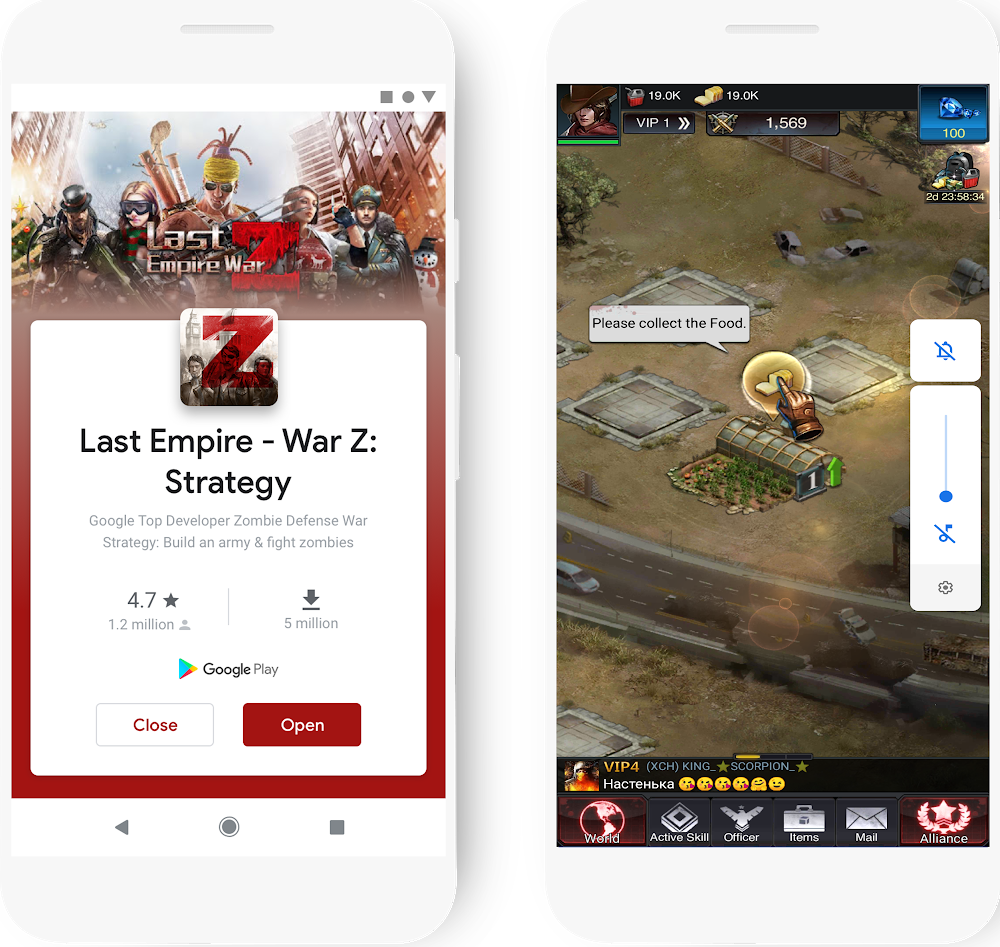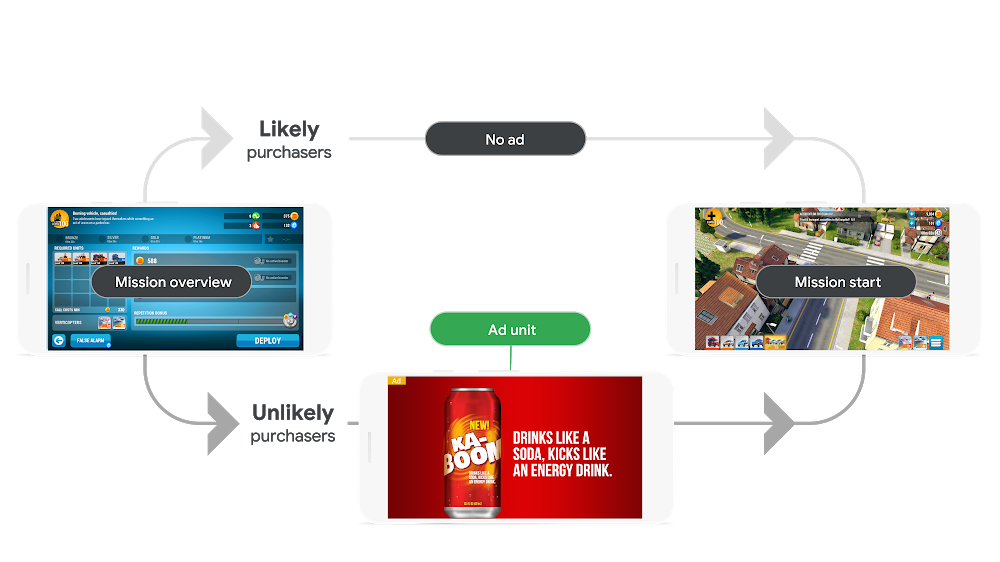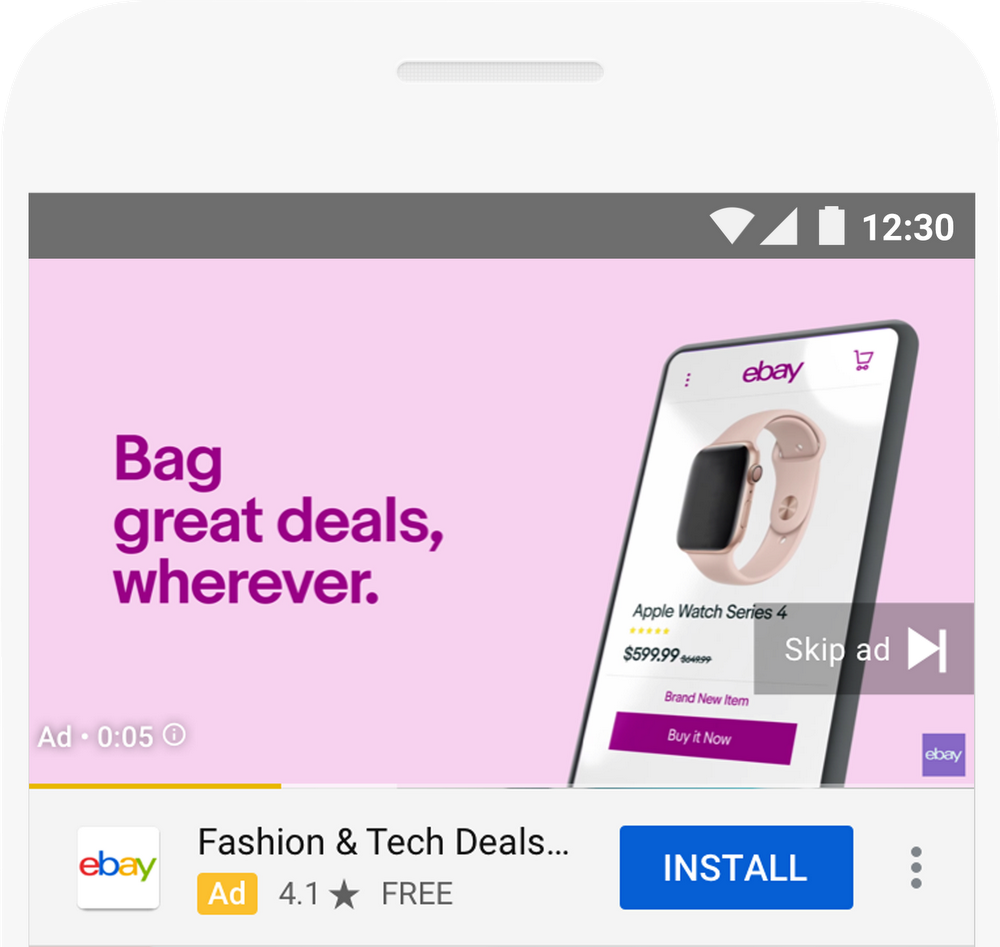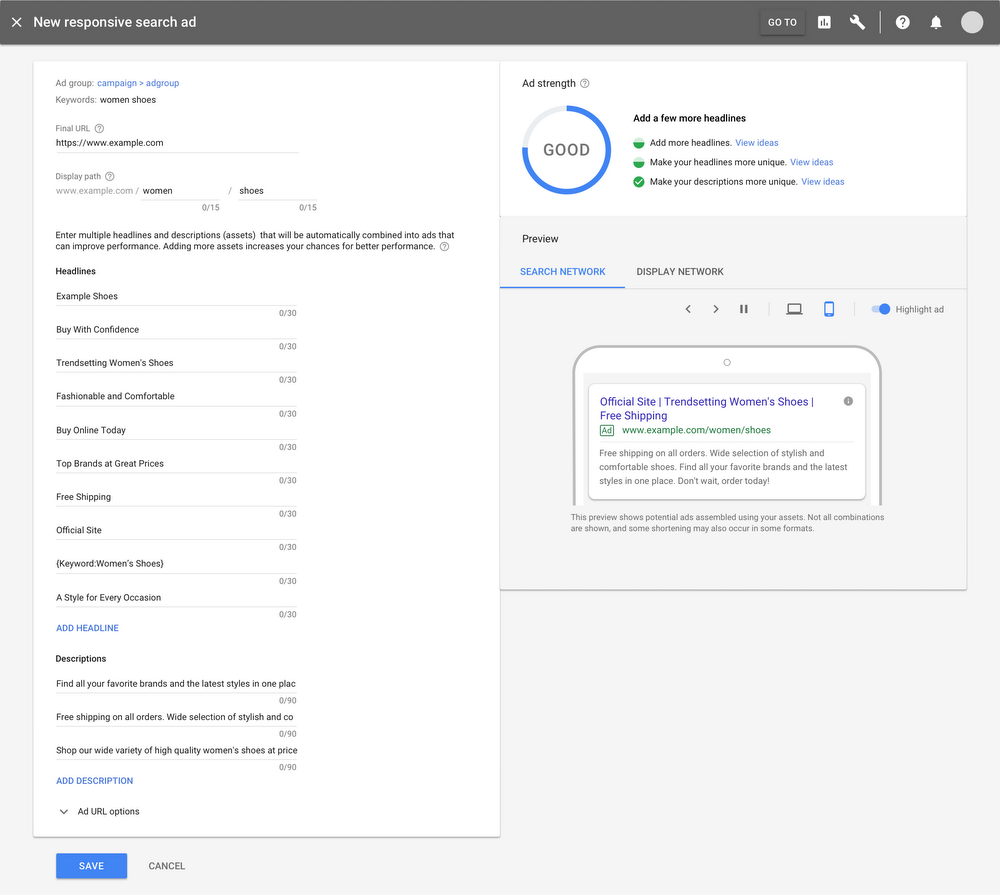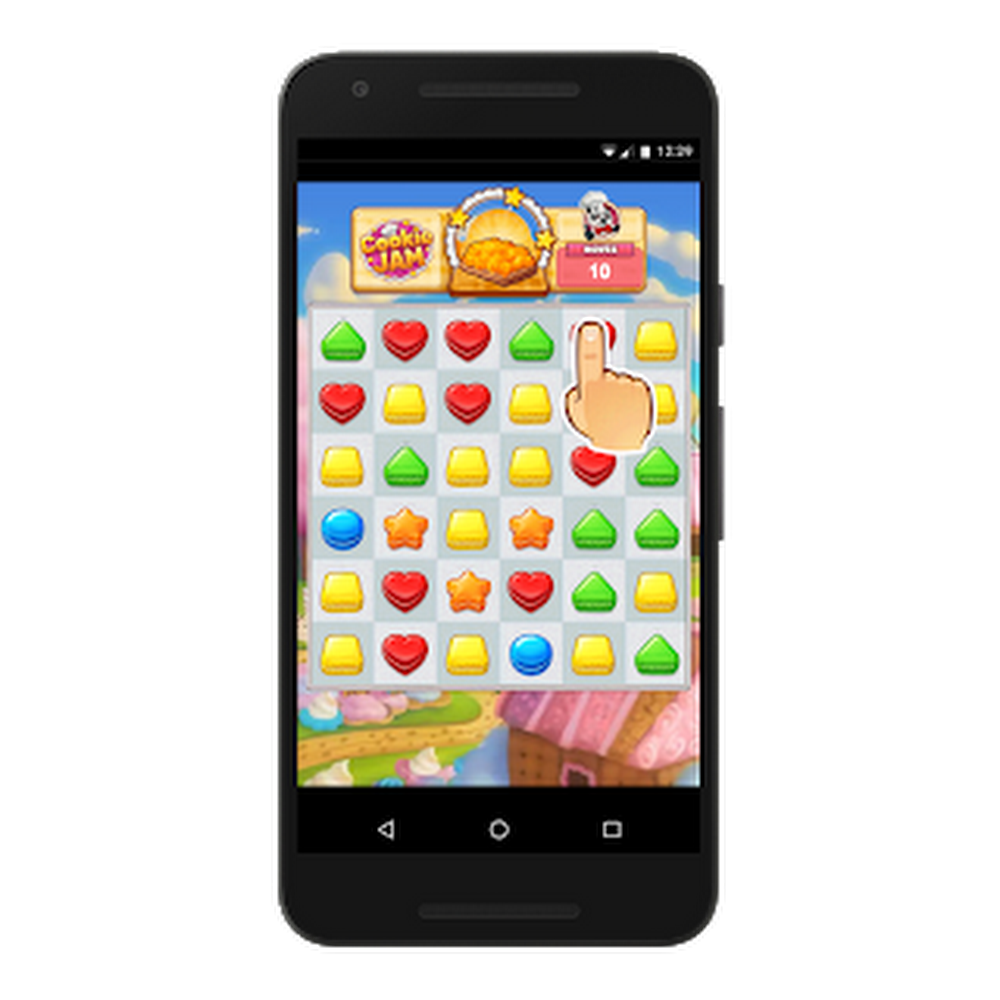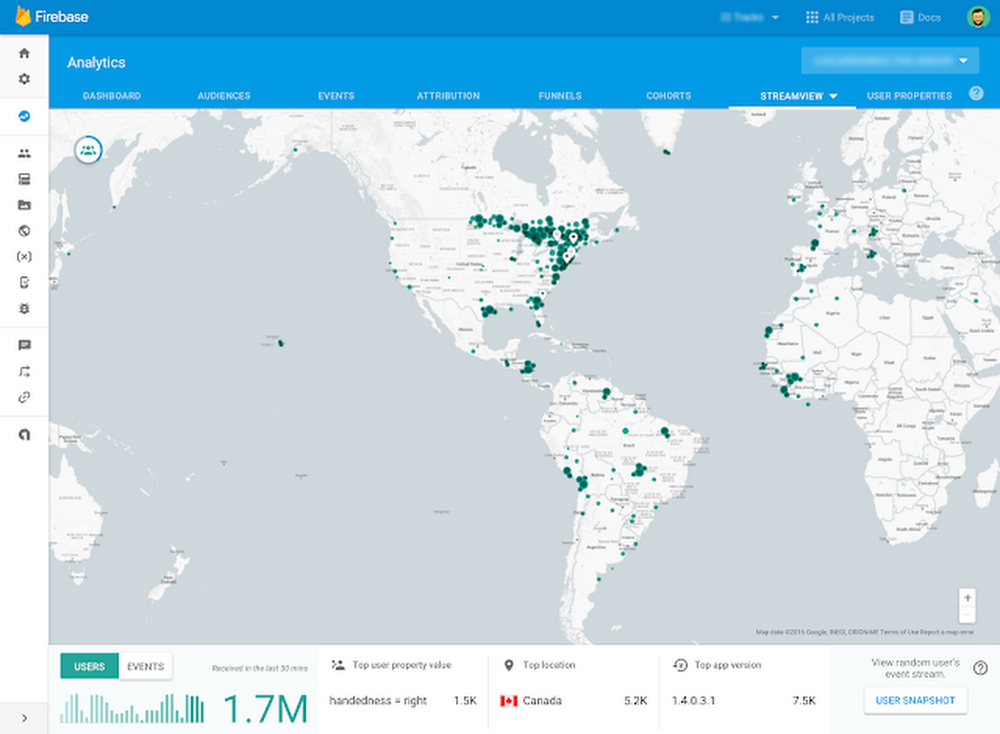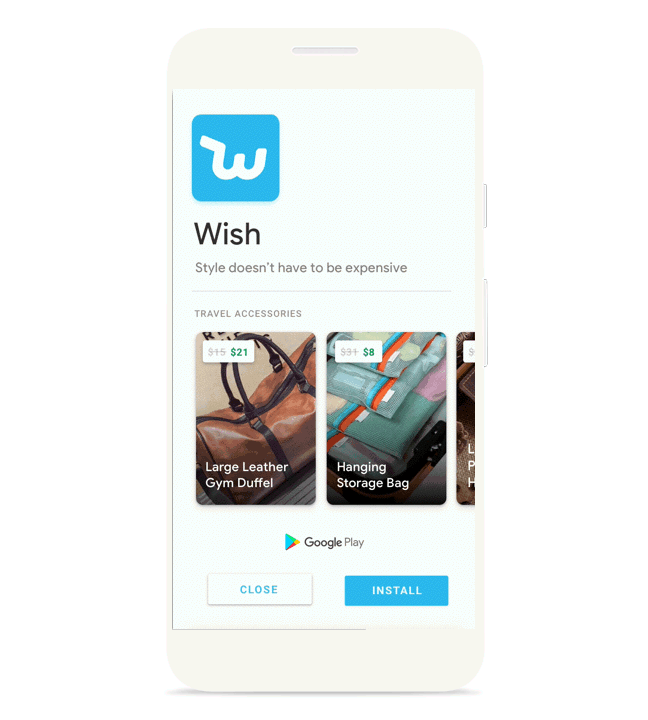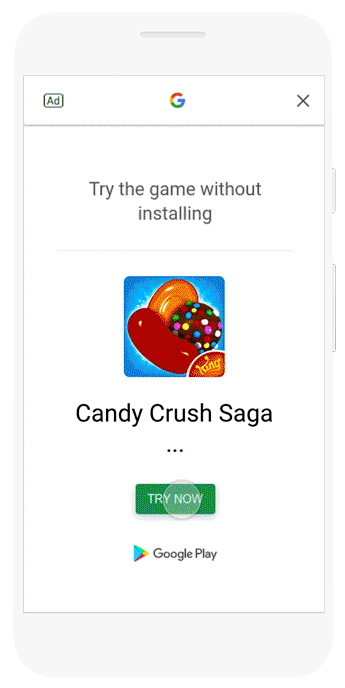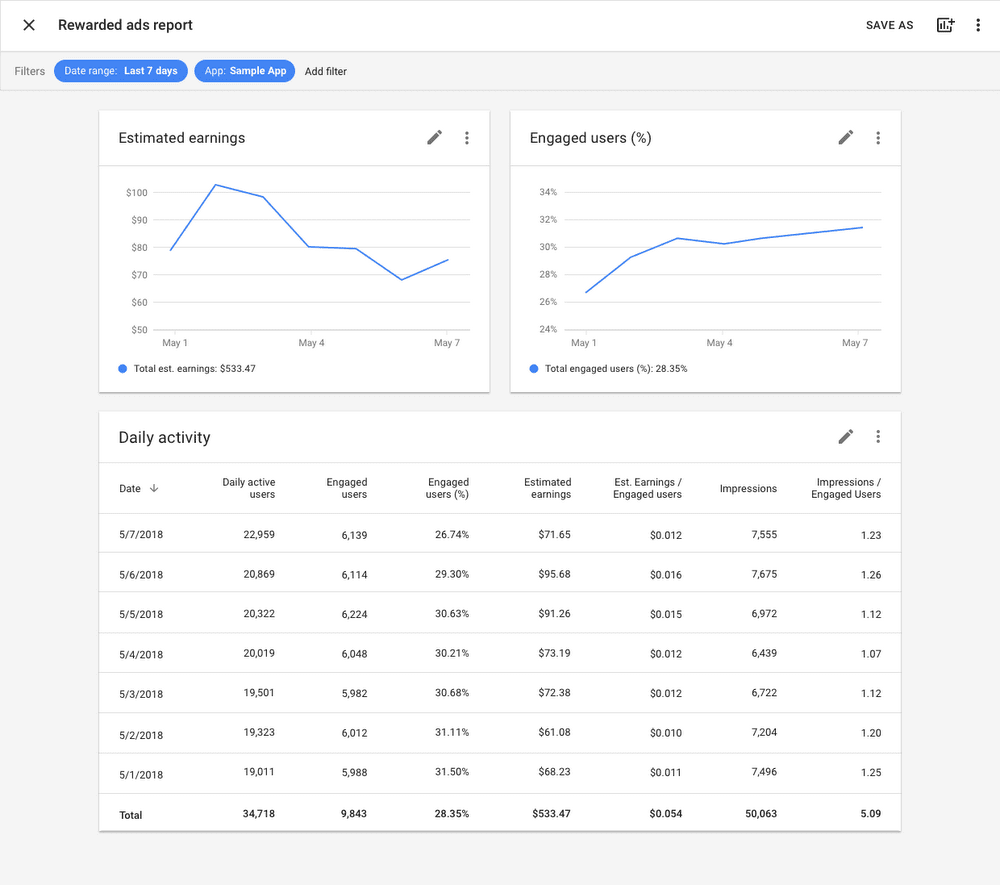COVID-19 has fundamentally changed the way we live our lives and how we connect with the world around us. Things like social distancing, curbside pickup, and at-home workouts are now commonplace. The necessary measures taken to manage the pandemic have not only disrupted the global economy, but have also altered consumers’ interests, expectations, and purchasing behavior. These shifts are constant and they’re happening rapidly—and we want to help you navigate them. Today, we’ll share five key trends we’re seeing and provide helpful resources for adjusting your media strategy.
What’s changing with consumers?
As of this week, there are over four billion people staying home worldwide. And while we don’t know how or when this crisis will resolve, we do have new insight into how people’s needs and behaviors are changing:
People are using multiple devices to go online at unprecedented levels.
Connecting with the world online is more important than ever right now, with at-home media consumption increasing dramatically and influencing all aspects of life.
In the U.S., staying home has led to a 60 percent increase in the amount of content watched. Americans are watching roughly 12 hours of media content a day, according to Nielsen data.
Consumers across the globe are spending 20 percent more time in apps and games than they did a year ago and app usage in China grew to five hours/day on average (+30 percent year over year), according to App Annie.
People are turning to Google for important information and content to meet their essential needs.
With businesses adapting to delivery or online models, people are looking for clear, specific information about where, how, and when they can get what they need.
- According to internal data, searches for “food delivery services” have grown globally by more than 300 percent year over year.
- Americans are watching videos related to recipes and cooking at a rate 31 percent higher than they did the same time last year.
- According to internal data, searches for “online pharmacy” have grown globally by more than 100 percent year over year.
People are discovering new connections and nurturing relationships (virtually).
Even as people physically distance themselves, they’re using technology in new ways to connect with each other.
50 percent of U.S. consumers said they have used video to communicate with family and friends. In fact, as of April, Google Meet is hosting 3 billion minutes of video meetings and adding nearly 3 million new users everyday.
On YouTube, we’ve seen a rise in “with me” videos, where people film themselves going about ordinary tasks like cleaning and cooking. In the US, views of videos containing “study with me” in the title are 54 percent higher compared to the same period last year.
People are adjusting routines to be at-home-first.
As daily routines and schedules adjust to new realities, so have online and at-home habits.
- Search interest for “telecommuting” in the U.S. reached an all-time high on Google and YouTube in mid-March, and continues to grow with no sign of slowing down.
- Workout routines have changed. There’s growing search interest for “stationary bicycle” worldwide since the beginning of the year, especially in Spain and France, and “dumbbell set” in the UK.
People are practicing self-care more.
People are focused on taking care of their own physical and psychological needs, in addition to those of friends and loved ones.
People are turning to online video for help in coping with anxiety and stress. So far in the U.S. this year, views of meditation-related videos are 51 percent higher than the same period in 2019.
Parents and students are turning to YouTube to adapt to school closures and at-home education. According to YouTube data, average daily views of videos with “homeschool” or “home school” in the title have increased more than 120 percent globally since March 2020.
People are searching for things to do when they’re bored. Searches for “bored” spiked significantly in March, and search interest for “games,” “puzzles,” and “coloring books” have increased since the beginning of the year.
As consumer behavior continues to change, consumer demand will continue to rise and fall. Earlier this month, we introduced the rising retail categories tool on Think with Google to help you gain insight into what consumers are shopping for right now. The tool surfaces the fastest rising retail categories on Google Search, the geographies where they’re growing, and the queries associated with them.

Rising retail categories
If you’re not a retail business, Google Trends is an alternative tool for uncovering emerging consumer trends—learn more here.
Helpful resources for managing your campaigns
It’s important to understand the potential impact of changes in consumer behavior on your business. As you evolve your short and long-term digital marketing strategies, we want to be there to help. That’s why we’ve created a single destination for product guidance and business considerations for managing your campaigns through COVID-19. Explore the full list of guides and checklists here, or reference the checklists below. We’ll continue updating and adding more in the coming months.
Change is a constant
While we don’t know how or when the crisis will resolve, we do know that remaining flexible and adapting to the needs of your customers is critical. So as we navigate this crisis together, take time to reevaluate your business priorities, explore new approaches, and continue connecting with your customers in a meaningful way.
